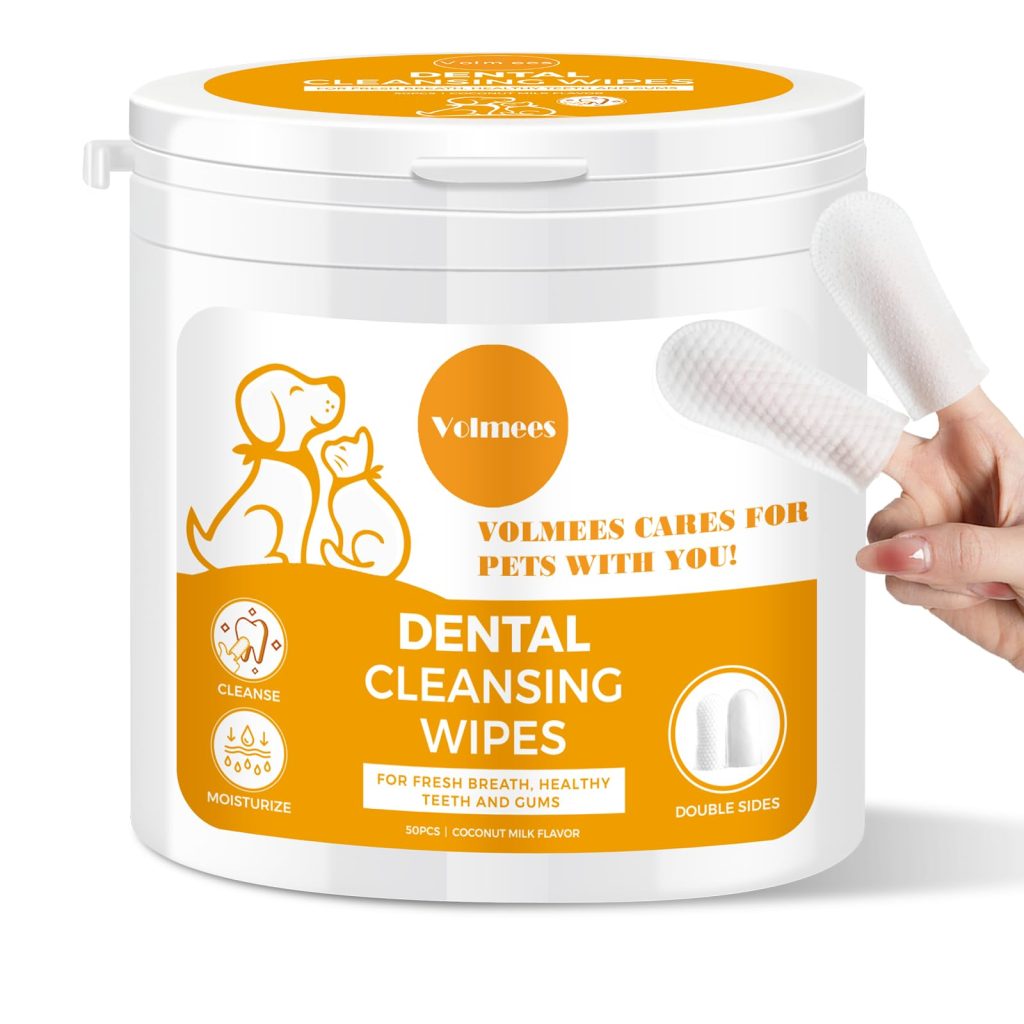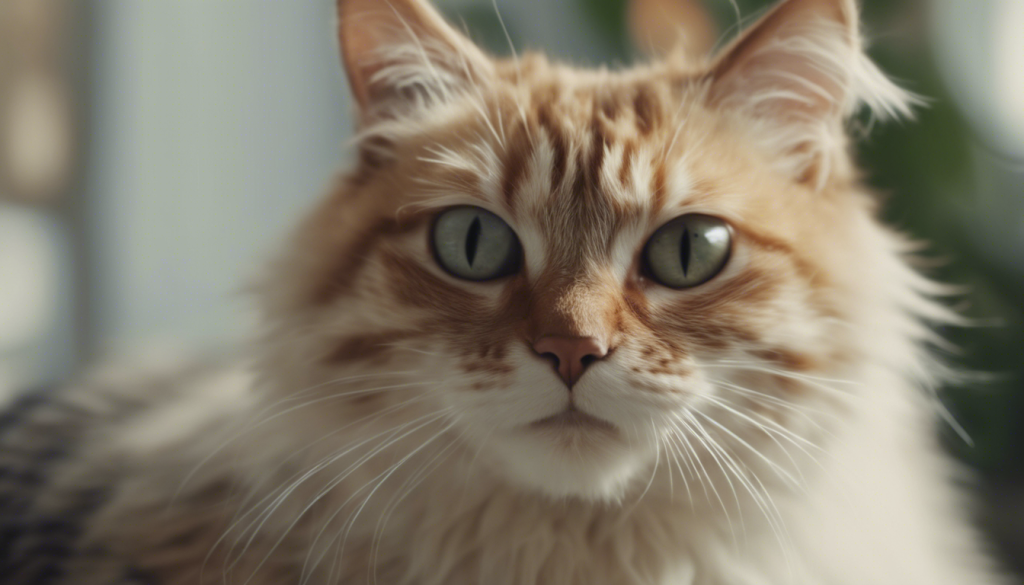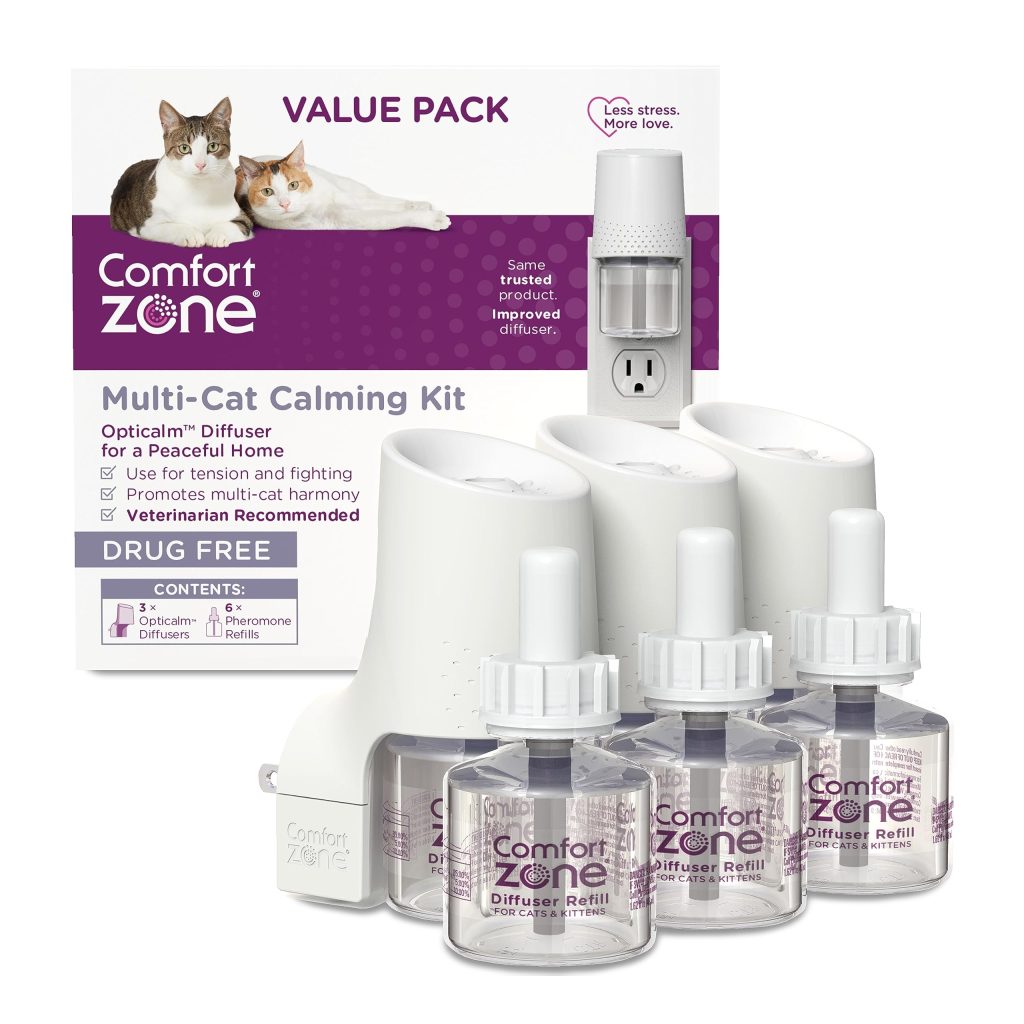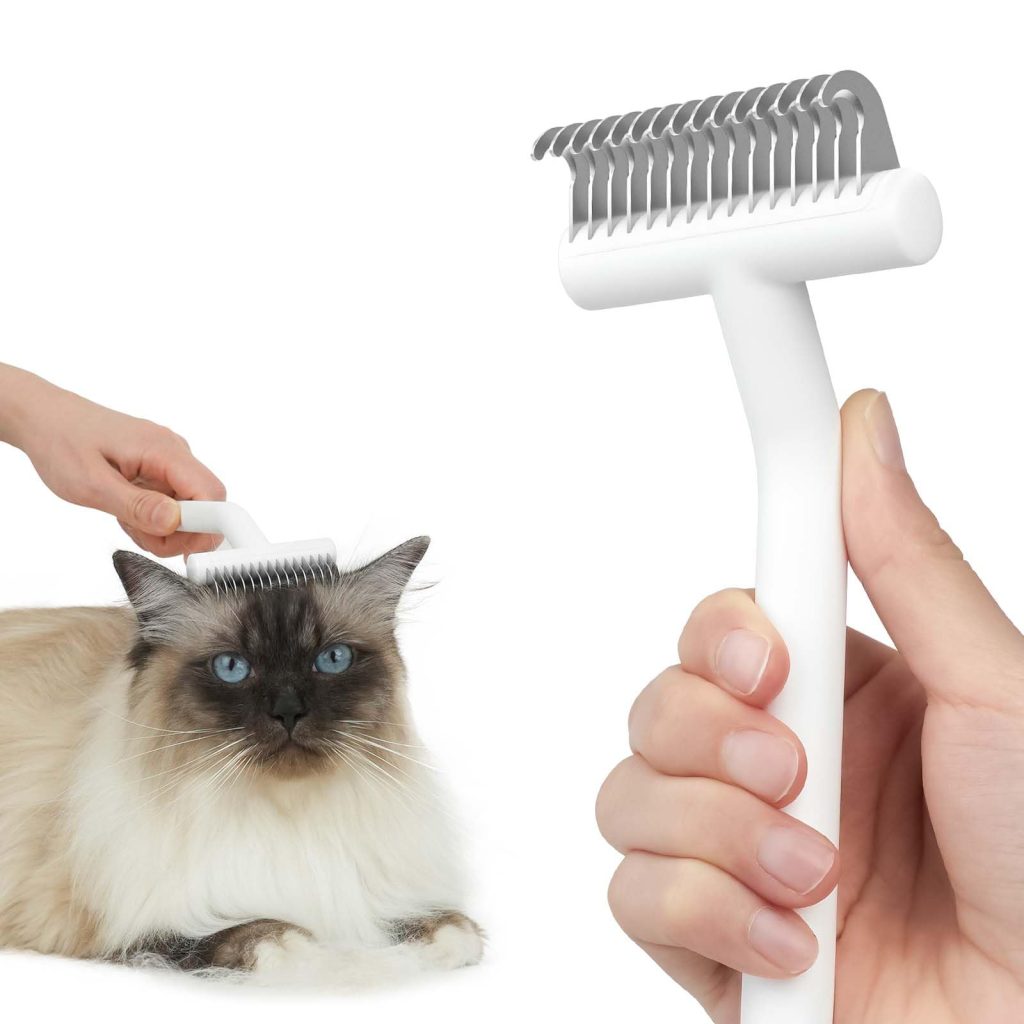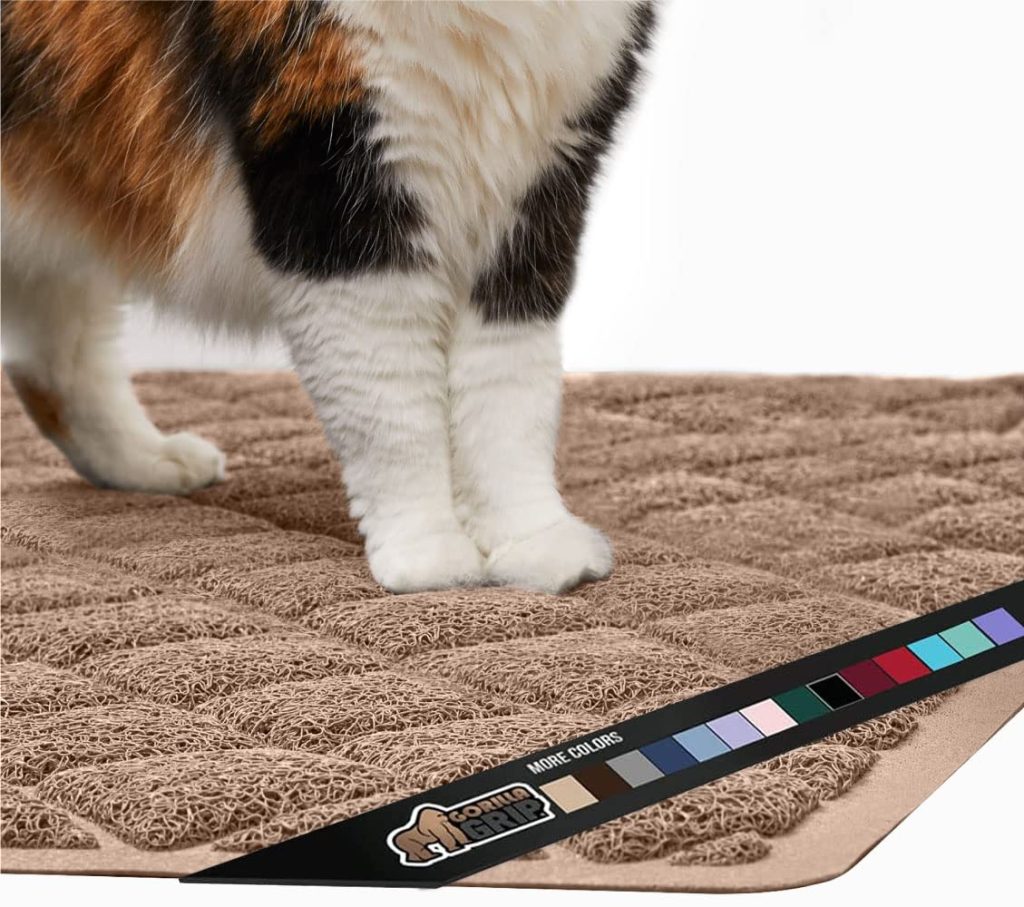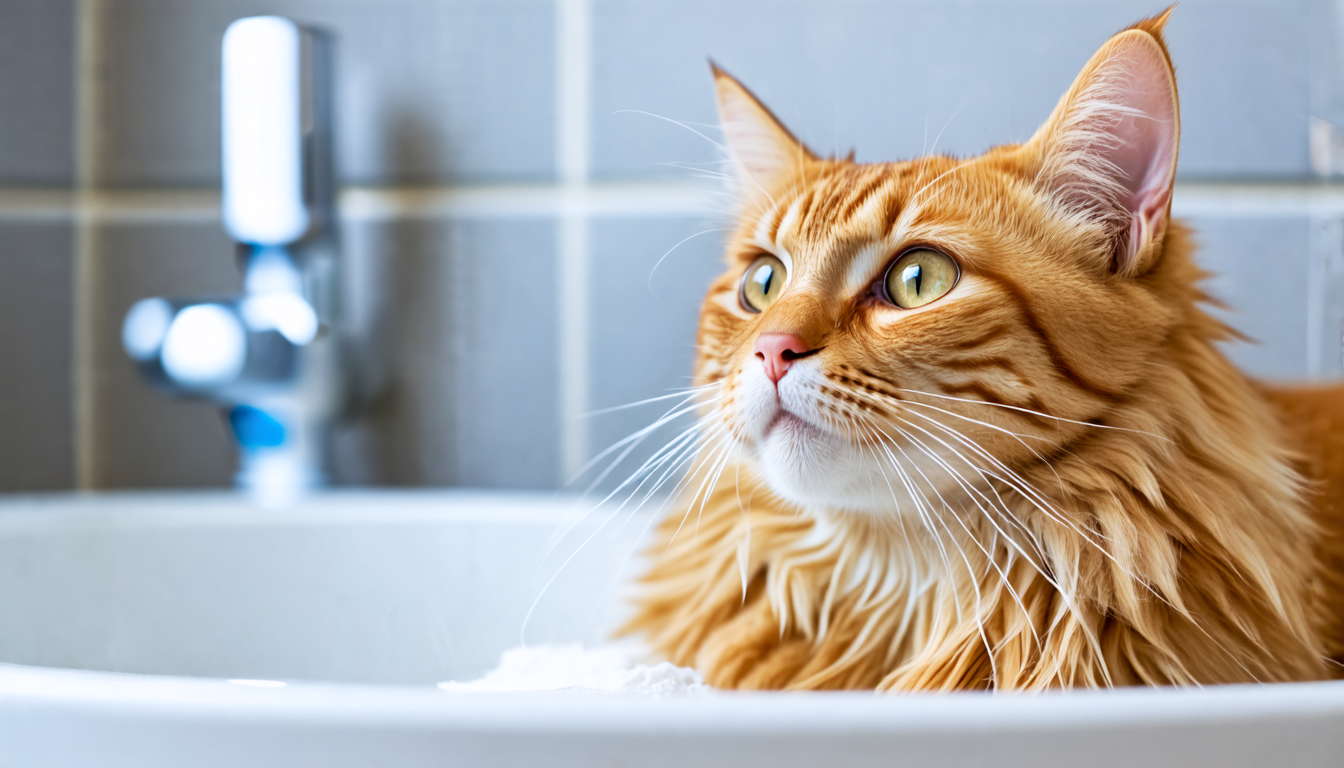
When embarking on the undeniably noble endeavor of bathing your feline friend, one must approach the task with a blend of patience and an understanding that each cat possesses its own personality blueprint. Techniques for bathing your cat extend beyond mere practicality; they embody a deeply intertwined dance of trust, respect, and strategic execution. First and foremost, think the optimal environment: a space where your cat feels secure and where you can manage water with minimal calamity. A sink or a small bathtub, usually preferable over a large basin that may intimidate, creates an atmosphere conducive to calmness.
The actual process of bathing should commence with an acclimatization phase. Gradually introducing your cat to the bathing area, perhaps by allowing it to explore and engage with the surroundings, is fundamental. Low, soothing tones can ease any built-up anxiety; in the words of a wise trainer, “Calmness is contagious.” Once your cat seems comfortable, it’s important to have all necessary supplies within reach: a gentle, cat-safe shampoo, a soft washcloth, and towels for drying afterward.
As the bathing begins, remember that the water temperature must be akin to that of a warm bath—neither too hot nor too cold, as feline skin is sensitive and can easily be harmed. Immerse your cat gently, from back to front, using a pitcher or a detachable showerhead set to a low pressure, ensuring to avoid the eyes and ears. This gentle persistence is paramount—think of it as building a bridge of trust. Cats generally benefit from brief exposure, so a swift yet comprehensive clean is ideal, working with the natural direction of their fur to minimize discomfort.
During this process, using a washcloth can enhance both reassurance and cleanliness. Lathering with the washcloth not only keeps soap out of sensitive regions but also allows you to embrace the bond further by communicating through soft strokes and gentle caresses. This dual act of cleaning and cuddling functions to calm the nerves, creating an atmosphere where your cat feels both safe and valued.
Especially in cases of particularly scruffy or odorous coats, consider engaging in a thorough discussion with your veterinarian or a professional groomer regarding appropriate bathing frequency. While most cats self-groom effectively, occasional baths—whether due to skin conditions or a chaotic foray into dirt—serve a purpose. For instance, in situations involving medicated shampoos, following the veterinarian’s guidance on application techniques is paramount to ensure the health benefits are maximized without an adverse reaction to the bathing process itself.
In instances where your cat strongly resists, respect their boundaries and avoid forcing them into the water; this could engender fear or stress that lasts well beyond bath time. Alternatives, such as dry shampoos or waterless washes, provide viable paths for cleanliness without the trauma of water exposure. The overarching goal is to foster a grooming routine that not only ensures cleanliness but reinforces your bond with your furry companion, inviting them to share in the experience with trust and comfort.
Preparing your cat for bath time
To facilitate a smoother and more pleasant bathing experience for your cat, preparation is key—not just in terms of physical readiness but also emotional stability. Before the actual bath, take time to familiarize your cat with the sounds and sensations associated with bath time. For instance, you might gently introduce the concept of water through playful interaction, such as allowing them to play with a damp washcloth or featuring a shallow bowl of water to lick or paw at. This gradual exposure can mitigate fear and create a mental association this is less about dread and more about exploration and curiosity.
Equally important is the creation of a ritualistic approach that establishes a sense of predictability for your cat. Just as a well-tempered dog thrives on routine, your feline companion will benefit from a consistent pre-bath schedule. Establishing a gentle routine that includes grooming sessions prior to the bath can enhance comfort. Utilize a brush with soft bristles to loosen dirt and deshed any loose fur; this not only prepares the coat for a more effective clean but also serves as a soothing precursor, mimicking the affiliative bonding that might naturally occur during their self-grooming rituals.
As the time approaches for bath time, ensure that the environment is conducive to a calm experience. Dim the lights slightly and minimize sudden noises that might startle your pet. Having calming music or nature sounds playing in the background can further soothe a nervous cat. The dynamics of environment play a vital role; a peaceful atmosphere, coupled with a gentle invitation, promotes companionship during what can otherwise become a stressful undertaking.
Before engaging in the bathing process, assess your cat’s mood. Every feline exhibits unique behavioral cues; some may show a desire to retreat or display mild anxiety through body language such as tail twitching, flattened ears, or an attempt to hide. Respecting these signals is essential; if your cat appears particularly apprehensive, it may be beneficial to postpone the bath. Pushing through such reluctance can undermine trust and lead to negative associations with grooming. Consider of it as a training session—if your cat feels overwhelmed, the foundational trust you’ve worked so hard to build may crack under the pressure.
Create a positive association by rewarding your cat with gentle praise or a treat once they show any signs of calm in the bathing environment. These small gestures reinforce that being near water does not equal danger. In this way, you cultivate an atmosphere of mutual understanding where the act of bathing transitions from an ordeal to a collaborative experience, rooted in care and affection. When your cat learns to see bath time as an extension of the bond you share, it transforms from a simple chore into a cherished interaction—a testament to the deep connection between you and your companion.
Lastly, gather all necessary items before bringing your cat into the bathing zone—this includes towels, shampoo, and perhaps even a favorite toy that can serve as a comfort tool. When everything is within reach, it minimizes disruptions and helps maintain a fluid tempo to the bathing ritual. Moreover, positioning yourself in a way that allows you to support and cradle your cat throughout the process is invaluable; grasping your cat firmly but gently can ensure safety while also providing a strong sense of security. Ultimately, the aim is to transform a potentially jarring experience into a gentle, loving interaction that will enhance trust and set a precedent for future grooming sessions.
Safety precautions to ponder
As you delve into the intricacies of bathing your beloved feline, it especially important to recognize that, much like a seasoned trainer guiding a hesitant dog, your role in safeguarding your cat’s well-being is paramount. Every action taken before, during, and after bath time has implications that extend beyond just the cleanliness of their coat. Therefore, a comprehensive approach to safety can’t be overstated, as it lays the groundwork for a positive grooming experience that reinforces trust and nurtures a deeper bond.
One of the primary considerations when preparing for your cat’s bath is ensuring that the environment is devoid of potential hazards. Before commencing, inspect the bathing area thoroughly; slippery surfaces can be a perilous trap. Placing a non-slip mat at the bottom of the tub or sink is an excellent way to prevent your kitty from slipping, which could spark panic and lead to injury. Additionally, it’s advisable to keep all necessary supplies organized and within reach. In the event your cat becomes restless or anxious, securing a swift escape route minimizes the risk of chaos—after all, a startled cat can exhibit acrobatic feats that rival a circus performer!
Consider also the temperature control—both air and water temperature play significant roles in your cat’s comfort. The perfect water temperature should mimic that of a cozy warm bath; anything too hot or cold can create a negative experience that lingers in their memory. Moreover, the ambient temperature of the room should be comfortable, as cats are notoriously sensitive to changes in their environment. A chilly draft can exacerbate anxiety and contribute to a fearful response, complicating an already delicate process.
In terms of chemical safety, be vigilant when selecting bathing products—only opt for shampoos specifically designed for felines, as canine products can be detrimental to their health. Ingredients that may seem benign, such as fragrances or essential oils, could irritate your cat’s skin or respiratory system. As a precautionary measure, always conduct a patch test with any new product beforehand. Should your cat develop any adverse reaction, having clear experiences to draw upon can guide your choices in the future.
While you’re preparing your cat for the bath, it is wise to keep the first aid kit conveniently on standby. Even the most well-behaved cats can experience sudden distress or panic, leading to scrapes or scratches on you or themselves. Having antiseptic wipes and soothing ointments nearby ensures you’re ready to address any accidents promptly, minimizing discomfort and promoting healing in the aftermath of a fraught incident.
The need for restraint should be carefully balanced with compassion. If your feline manages to wriggle free, avoid chasing after them as this could escalate their anxiety. Instead, use your voice as a calming tool, speaking softly to lure them back. Employ gentle coaxing techniques, depicting bath time not as a punishment, but rather as a nurturing ritual that you embark on together. If you establish your role as their protector, your cat will come to view you as a source of safety in otherwise tumultuous situations, much like how love and patience shape the relationship between a human and a canine.
Attention to safety entails more than just avoiding hazards; it encompasses creating an environment that fosters trust, preparation, and an unwavering commitment to your cat’s comfort throughout the bathing process. The act of grooming transcends mere cleanliness; it becomes an enriching experience integral to the well-being of your beloved companion, allowing the transformative power of patience and care to seamlessly weave through the fabric of your relationship.
Post-bath care and maintenance
Once the bath is complete, shifting your focus to post-bath care and maintenance is vital in reinforcing the positive elements of this grooming ritual. Cats, as you may well know, can be particular about their routines and sensations, and ensuring they feel secure and comfortable during this transition is of utmost importance. The moment they emerge from the water, they can be slightly bewildered and in need of reassurance. To navigate this phase successfully, begin by gently wrapping your freshly bathed feline in a warm, absorbent towel. This not only provides a sense of safety but also helps to absorb excess moisture, ensuring they don’t become chilled in an otherwise dry environment.
Upon drying your cat, be vigilant about providing a quiet, serene space where they can recover from the mild shock of their bath. A cozy blanket in a corner away from the bustle of household activities allows them a moment of solitude, a sanctuary to regain their composure and self-assurance. This deliberate offering of privacy speaks volumes; it serves to affirm that you respect their need for personal space, ultimately enhancing the bond of trust you’ve worked hard to cultivate.
Moreover, consider incorporating a gentle massage into this post-bath routine. As they dry, running your hands along your cat’s coat can stimulate circulation and also helps distribute oils evenly throughout their fur, contributing to overall coat health. This tactile interaction reinforces the notion that bath time doesn’t strip away affection; rather, it enhances it. Engaging in this physical connection can serve as an invaluable moment of companionship, as cats often value such affectionate gestures for their restorative effects.
Monitoring your cat’s behavior post-bath reveals valuable insights into their emotional state and comfort levels. Watch for signs of distress or anxiety—the sudden darting under the couch or uncharacteristic hiding may indicate that they felt overburdened. If you observe these reactions, approach them calmly with soothing words, maintaining an inviting demeanor that encourages them to emerge and reestablish that bond of trust. Remember, as César Millan wisely expresses, “Your energy introduces you before you even speak.” Thus, embodying a tranquil and approachable energy very important in fostering a nurturing environment.
In addition to initial care after the bath, ongoing grooming practices contribute significantly to your cat’s coat health. Regularly scheduled grooming—whether through brushing or gentle combing—allows for the removal of loose fur and debris while simultaneously preventing matting, particularly in long-haired breeds. Moreover, frequent grooming encourages the natural distribution of skin oils, which aids in maintaining a lustrous and healthy coat.
Consider supplementing their grooming routine with skin and coat treatments that align with their specific needs. For example, there are versatile products designed for dry or sensitive skin, often enriched with nourishing ingredients to promote overall health. Consult your veterinarian to identify the products that align with your cat’s condition. Healthy skin and a beautiful coat are not merely matters of aesthetics; they reflect an underlying state of wellness, much like how emotional health influences a canine’s behavior.
Lastly, affirming your cat’s experience with pleasurable stimuli—such as their favorite treats or gentle playtime—will help solidify bath time as a positive experience in their mind. Associating grooming with enjoyable activities builds a reservoir of positive memories that will encourage your cat to approach future bath times with less trepidation. Understanding and navigating the intricate world of your cat’s post-bath care not only enhances their immediate comfort but also lays the groundwork for habitual practices that promote well-being and health long after the water has drained.

